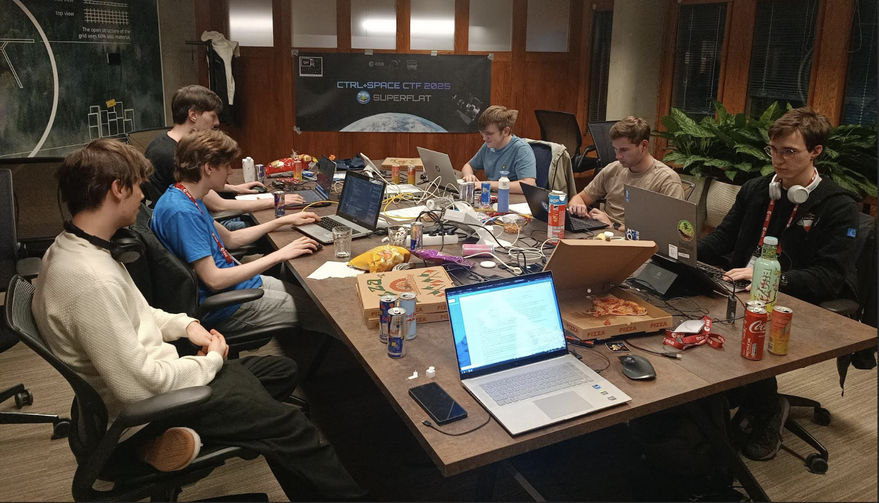SAN FRANCISCO – Italian space logistics company D-Orbit announced the conclusion Nov. 6 of CTRL+Space, Europe’s first in-orbit Capture-the-Flag (CTF) cybersecurity competition and the first live CTF contest involving multiple…

SAN FRANCISCO – Italian space logistics company D-Orbit announced the conclusion Nov. 6 of CTRL+Space, Europe’s first in-orbit Capture-the-Flag (CTF) cybersecurity competition and the first live CTF contest involving multiple…